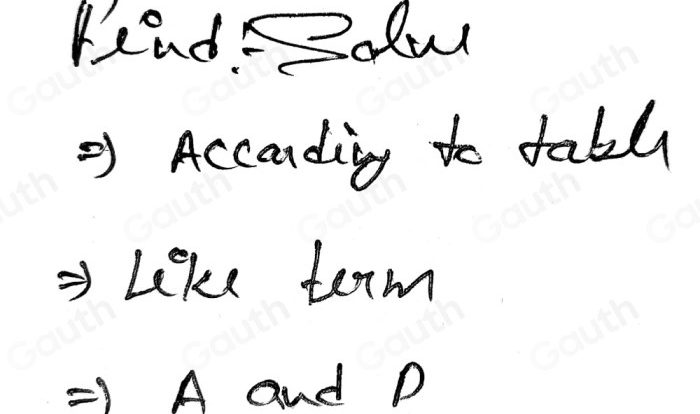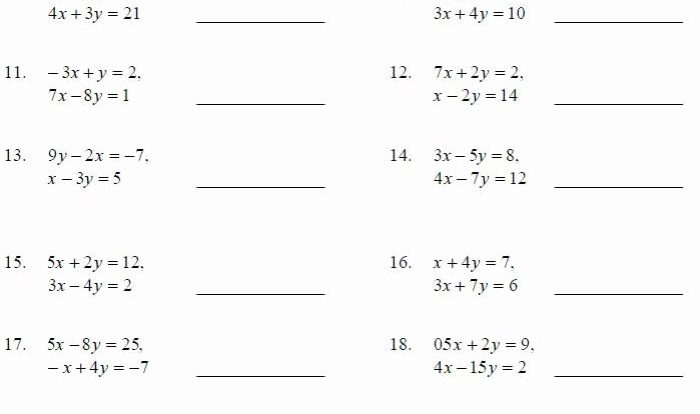Sets and probability common core algebra 2 homework answers – Unveiling the intricate world of sets and probability, this comprehensive guide delves into the heart of Common Core Algebra 2, providing a beacon of clarity and insight for students seeking mastery of these fundamental concepts.
Embark on a journey through the realm of set theory, where we unravel the intricacies of set-builder notation and explore the profound connection between sets and probability. Real-world examples and captivating scenarios bring these abstract ideas to life, fostering a deep understanding of their practical applications.
Definition of Sets and Probability

Sets are collections of distinct elements. They can be represented using set-builder notation, which lists the elements within curly braces. For example, the set of even numbers less than 10 can be written as 2, 4, 6, 8.
Probability measures the likelihood of an event occurring. It is expressed as a number between 0 and 1, where 0 indicates impossibility and 1 indicates certainty. The probability of an event is often denoted by the letter P.
Sets and probability are closely related. The probability of an event can be calculated as the ratio of the number of favorable outcomes to the total number of possible outcomes. For example, if a fair coin is flipped, the probability of getting heads is 1/2 because there are two possible outcomes (heads or tails) and only one favorable outcome (heads).
Operations on Sets
The union of two sets A and B, denoted by A ∪ B, is the set of all elements that are in either A or B. The intersection of two sets A and B, denoted by A ∩ B, is the set of all elements that are in both A and B.
The complement of a set A, denoted by A’, is the set of all elements that are not in A.
These operations can be illustrated using Venn diagrams. For example, the Venn diagram below shows the union, intersection, and complement of sets A and B.
The properties of these operations are important for understanding probability. For example, the union of two sets is always larger than either set, and the intersection of two sets is always smaller than either set.
Conditional Probability
Conditional probability is the probability of an event occurring given that another event has already occurred. It is denoted by P(A|B). The conditional probability of A given B can be calculated using the formula:
P(A|B) = P(A ∩ B) / P(B)
Conditional probability is used in many real-world situations. For example, the probability of getting a job interview given that you have a college degree is higher than the probability of getting a job interview without a college degree.
Conditional probability is also related to the concept of independent events. Two events are independent if the occurrence of one event does not affect the probability of the other event occurring. For example, the probability of getting heads on a coin flip is the same regardless of whether the previous flip was heads or tails.
Applications of Probability, Sets and probability common core algebra 2 homework answers
Probability has many applications in areas such as games, finance, and science. In games, probability is used to calculate the odds of winning. In finance, probability is used to assess risk and make investment decisions. In science, probability is used to design experiments and analyze data.
Probability distributions are mathematical functions that describe the probability of different outcomes. There are many different types of probability distributions, each with its own unique properties. Some of the most common probability distributions include the binomial distribution, the normal distribution, and the Poisson distribution.
Probability plays a vital role in decision-making and risk assessment. By understanding the probability of different outcomes, we can make more informed decisions and better manage risk.
Top FAQs: Sets And Probability Common Core Algebra 2 Homework Answers
What is the definition of a set?
A set is a well-defined collection of distinct objects, known as elements.
How is probability related to sets?
Probability assigns a numerical value between 0 and 1 to the likelihood of an event occurring, where 0 represents impossibility and 1 represents certainty. Sets provide a framework for defining events and calculating their probabilities.
What are the operations that can be performed on sets?
Sets can be combined using union, intersection, and complement operations. Union combines elements from both sets, intersection retains only the common elements, and complement removes elements from one set that are present in another.




